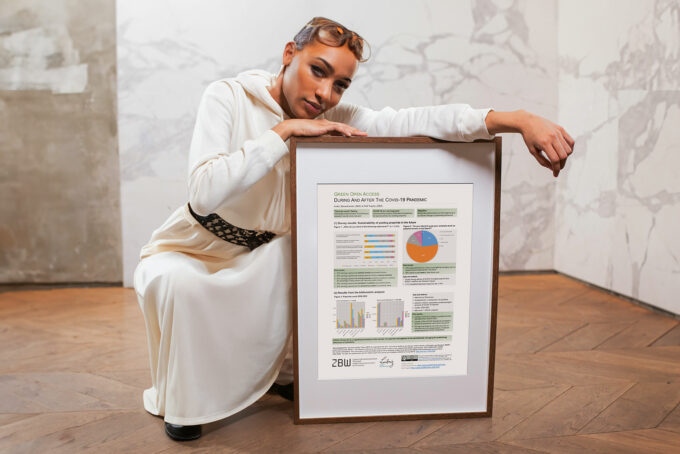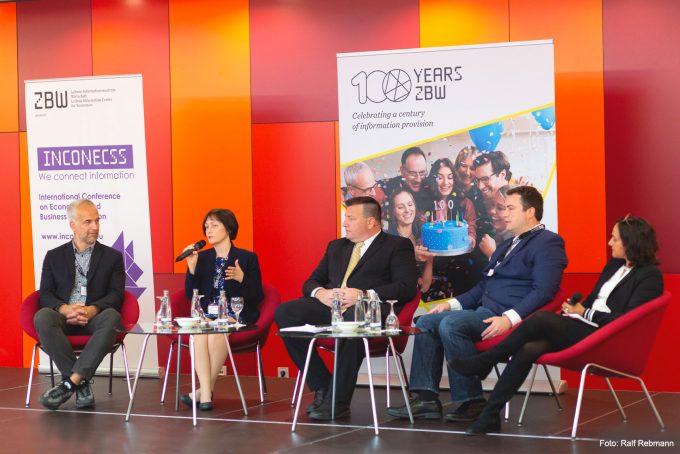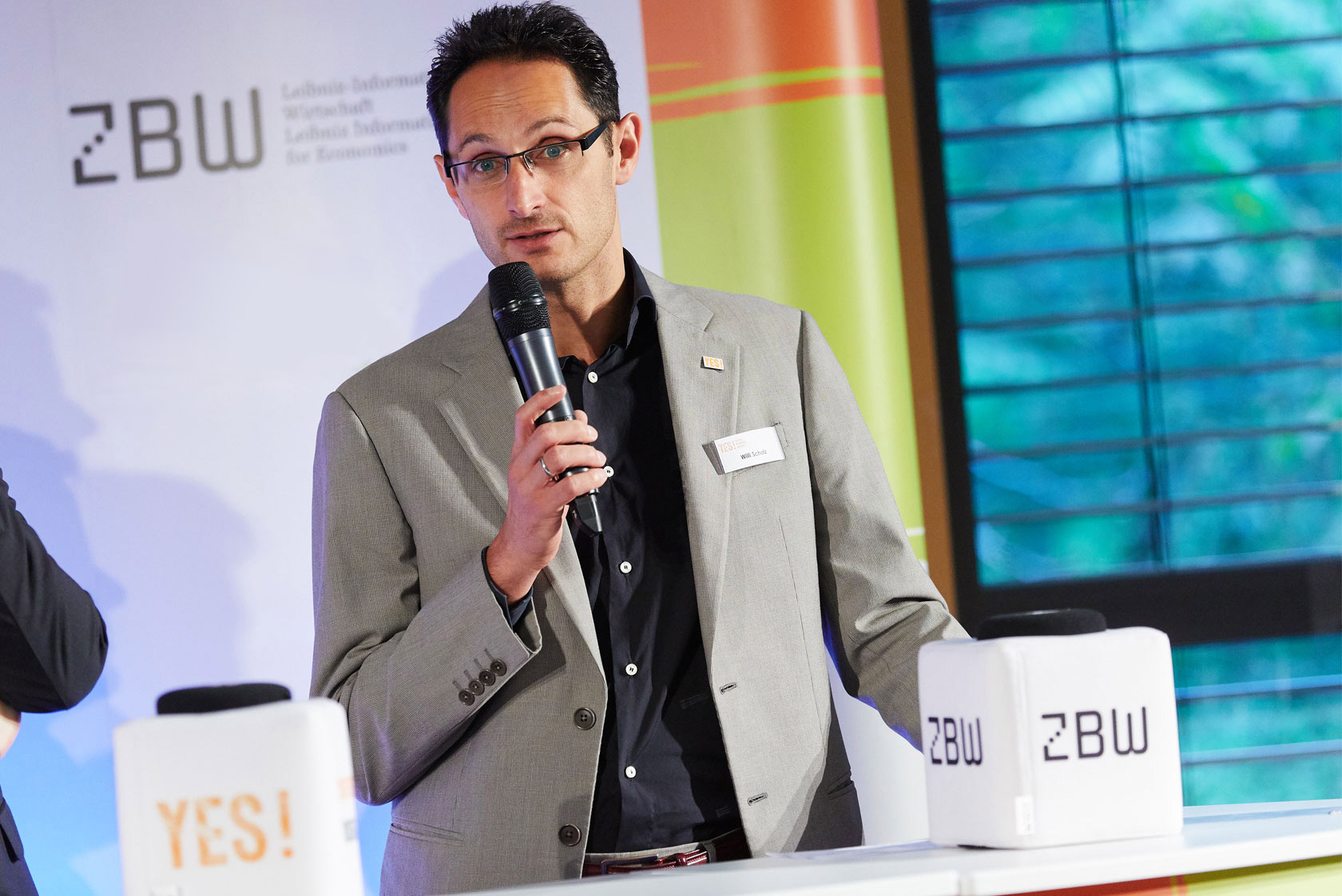
The YES! Spirit: Activating a Young Community of Users and Transferring Knowledge
For a long time now, the younger generation has been accused of showing only lukewarm interest in issues relating to sociopolitical life. Only with the “Fridays for Future” movement did there seem to be a change in this area. But the “YES! – Young Economic Summit” shows that teenagers have long been interested in current issues surrounding politics, economics and society. The project was launched in 2015 by the ZBW and now brings more and more young people together from all over Germany. Along with three other colleagues, Svea Kreutz and Willi Scholz are responsible for the project and now report on the secrets behind its success.
by Svea Kreutz and Willi Scholz
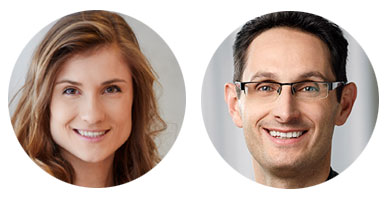
The YES! – Young Economic Summit is one of those projects that you will not forget in a hurry. Launched in Kiel in 2015 by the Joachim Herz Foundation and the ZBW – Leibniz Information Centre for Economics, around 150 school students from Schleswig-Holstein and Hamburg took part in the first event. Since then, the YES! spirit – a term familiar to everyone involved – has developed a dynamic all of its own. By 2019, it was active throughout Germany, and this year the project has been able to attract around 700 participants.
What is the YES!?
The YES! is a competition for schools aimed at students in the grades 10-12. Over a period of about six months, they develop solutions to economic, social and ecological problems that are posed by researchers at renowned institutions in Germany, who also support the students. The first hurdle involves the school teams presenting their idea to other students at regional finals, which determine who will represent the region in the national final.
The national final brings all the finalists together and international guest schools in addition. Ideas and proposed solutions are presented, discussed with other students and invited experts, and finally the best idea is chosen. This year’s winning team from the Martin-Andersen-Nexö Gymnasium Dresden advocated greater regional citizen involvement in relation to the topic “Where will the money come from after the coal has gone? Structural change in the east German brown coal fields”. Their concept envisages some of the money going into structural changes in the Lausitz region being distributed by the citizens of the region.
Factors in the success of the YES! youth project
But why has this format been so well received? Is it the variety of economic, ecological and social issues, the dialogue with science, politics and society, working as a team to develop an independent solution, the competition itself or contact with other schools from all over Germany? It is probably a combination of all of those things.
A crucial factor was having the instinct to set up the project at the right time in the right place. Even before initiatives such as “Fridays for Future”, the YES! – Young Economic Summit had been launched and, as one of its first projects, gave students their own voice on the urgent problems of their generation. This includes not only independent development of a proposed solution and interaction with decision-makers and other members of the younger generation, but also the chance to cast a vote at the end, which gave this competition for schools its unique selling point: the young people themselves decide who has come up with the best idea in a democratic vote!
From knowledge transfer to a competition for schools
But how do you begin a project of this sort? Transfer of knowledge was the aim at the outset. The model Leibniz Transfer of the Leibniz Association (German) of conveying scientific knowledge to non-academic target groups was to be carried forward by the YES!, thereby making a contribution to school students’ economic education, information skills and capacity to reflect and innovate and preparing them for the possibility of study in higher education.
However, to be successful, having a goal is not enough. A detailed situational analysis is helpful in gaining precise knowledge of the strengths and weaknesses of the project, identifying risks, recognising similar formats and ultimately understanding who the target group is, who influences it – in general: identifying the framework conditions that apply.
A culture of listening, a motivated team and plenty of YES! spirit
The fact that we are actually successful with the YES! is evident from many factors: through increasing participation by more and more schools, requests for cooperation from research institutes, the interest of politicians and also through the prizes it has won. This year, for example, we were awarded the promotion prize “Meritum Förderpreis der Deutschen Wirtschaft des Deutschen Aktieninstituts” (German) for the for the participation of young people in democracy and social market economics.
„YES! encourages connected thinking and gets young people to find answers to complex questions about the future. It enables the next generation to participate actively in finding solutions to problems that affect them the most. In this way, the initiative promotes the economic and political education of the younger generations. The Deutsche Aktieninstitut therefore awards the Meritum Förderpreis to YES! The prize money of EUR 25,000 will help the initiative to deliver further exciting school projects.”
(translated text snippet from the Meritum website: Meritum Förderpreisträger 2020)
Another important feature of the YES! is its quality. Huge resources in terms of personnel are not required to take a professional and high-quality approach (there are only five of us at the ZBW for the whole of Germany ). What is needed is a good team, good organisation, good communication, in particular a listening culture here, and a large degree of motivation and commitment. The team acts as a catalyst in this context, driving ideas forward with passion and developing visions. It is based not only in the ZBW but also in the Joachim Herz Foundation, and it supports knowledge transfer and shares the YES! spirit enthusiastically in many research institutes across Germany. Over the years, a strong network of academic institutions has been created in this way, with those involved willing to carry the YES! spirit forward and enter into a dialogue with young people.
YES! 2020: With creativity into the digital world
A good example of that is this year’s YES! 2020. Like everyone else, the COVID-19 pandemic caught us off guard in the middle of the project process. It was unclear how the situation would develop, whether schools and institutions would remain involved and whether what was mainly a physical event could be run digitally. But it soon became a matter not of “whether” but of “how”. Purely digital events were uncharted territory for us, but not impossible. With plenty of preparatory work, creativity, trial and error with video conferencing tools and close support for schools from research institutes that remained motivated, it was possible to run the YES! digitally – without losing the “YES! spirit”.
The kick-off meetings with the schools and the technical discussions were initially held via Skype. In the end, Zoom won through in the ZBW, as in many other companies. In order to run the YES! at short notice on Zoom, we went into the detail of the opportunities provided by this digital conferencing tool.
For the five regional finals, we used breakout rooms function of Zoom and were therefore able to create two additional conference rooms, which allowed us to sort out the timing of the event. In the final, the breakout rooms then were set up for networking and for ice-breaking exercises with the students in order to create the typical YES! atmosphere.
Our advice to anyone who wants to make a new digital start is therefore not to transfer the physical event one-to-one into the digital world but to rethink the event and consider, for example, how the atmosphere can be carried over to a digital platform. How do people (especially young people) speak, act and respond when they are sitting in front of their screens? The framework conditions that go to make up events such as the YES!, like the atmosphere and, above all, the networking with other YES! teams, researchers and experts, are much more difficult to carry over into the digital world than the pure presentations.
Target group appeal as a factor in success
Notwithstanding the particular challenge of COVID-19 this year, appealing to the target group in the right way is also an important factor in the success of the YES! This starts with acquisition. It is not just a matter of impressing the school students, it is also about reaching the teachers in the first instance. We therefore invest a lot of time and creativity in marketing measures to create a positive first impression with the right imagery. We have developed a specific corporate design for this, for example, which includes both our expressive logo and carefully chosen colours, fonts and designs to give a young and dynamic impression.
It is also a matter of striking the right balance between content aimed at the teachers and motivators for the school students. A good analysis in advance can be helpful in clarifying how the target group can be reached, which media should be used, what content is meaningful and effective and if there are already networks in place that would simplify the process of making contacts. For example, the first YES! was held in parallel to what was then the Global Economic Symposium (GES) now Global Solutions in Kiel and the YES! made use of speakers from the GES 2015.
Outlook on the YES! 2021
For the YES! 2021 (German) we can look forward to as many as nine additional partner institutions that want to get involved in helping school students to find solutions to the urgent problems of today and tomorrow. It will take us through over 50 issues, such as “The COVID-19 slump: To what extent can state intervention protect the economy?”, but also “Tablet instead of desktop? Driving forward effective digitalisation in German schools” and “My job for the future – what role does environmental and climate protection play in career choices?”.
Follow the YES!:
This might also interest you
- YES! – When students develop ideas for the future
- YES! they can: Schülerinnen und Schüler für Informationskompetenz begeistern (German).
Svea Kreutz is a project manager with YES! – Young Economic Summit at the ZBW – Leibniz Information Centre for Economics. Alongside that, she is studying Digital Management and Transformation. She previously worked for DER SPIEGEL publishing house and studied Socioeconomics at the Kiel University.
Portrait, photographer: Timo Wilke©
Dr Willi Scholz has been a scientific policy consultant and project manager of the YES! – Young Economic Summit since 2015. From 2016 to 2018 he was Adjunct Professor of International Relations at Vesalius College in Brussels. Previously he worked in various positions at the Institute for the World Economy (IfW) within the Global Economic Symposium Centre (GES). He ended up as the head of the Centre. He studied Political Science, English/American Studies and Medieval and Modern History, and gained his doctorate in Political Science.
Portrait: Dr. Willi Scholz©, photographer: Timo Wilke
Source of the images:
Featured Image: Press photos of the ZBW, Fotograf Sven Wied
View Comments
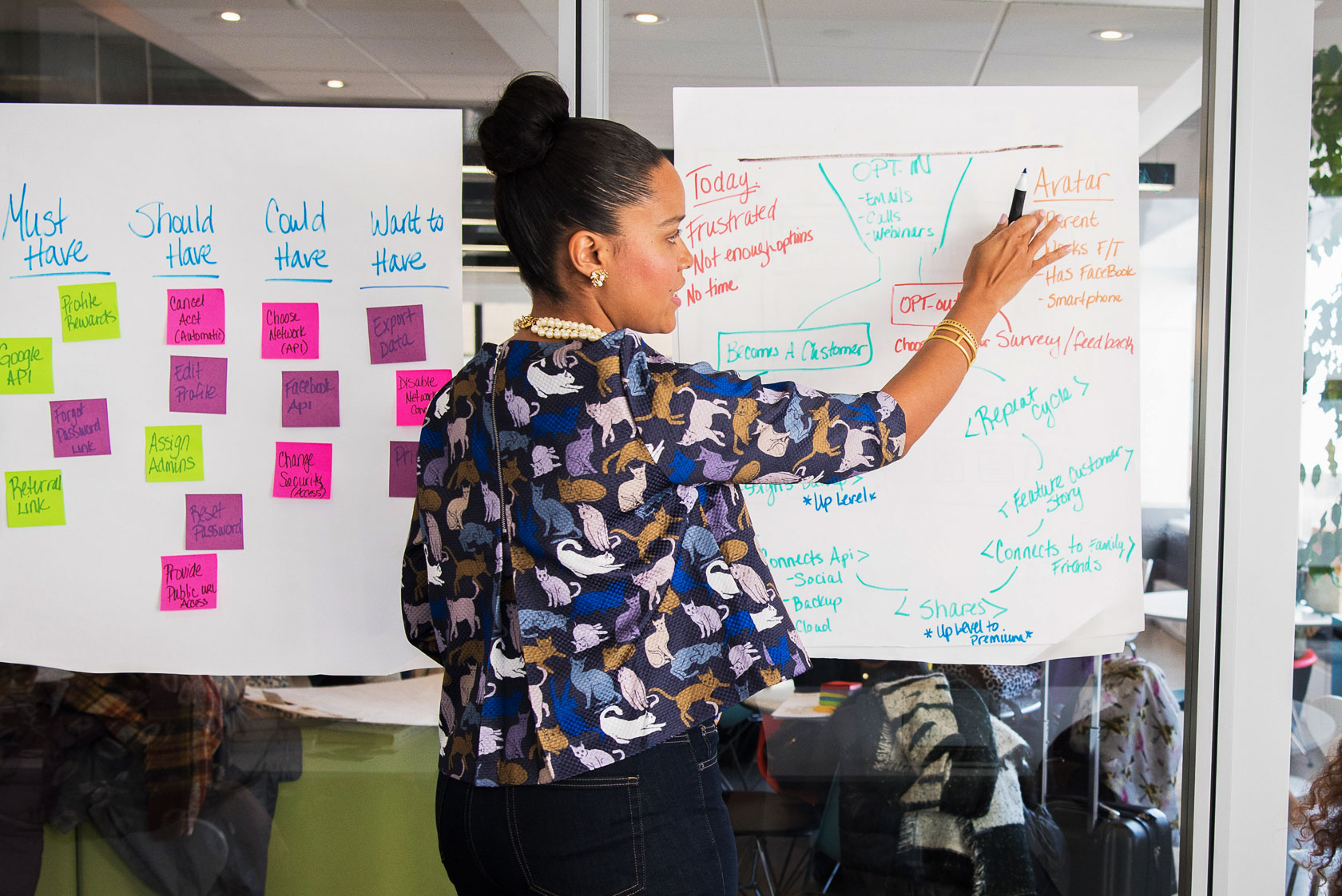
Agile Working: Promoting Innovation and Open Science with Scrum
Projects that are completed too late, where costs get out of hand or which have been...

